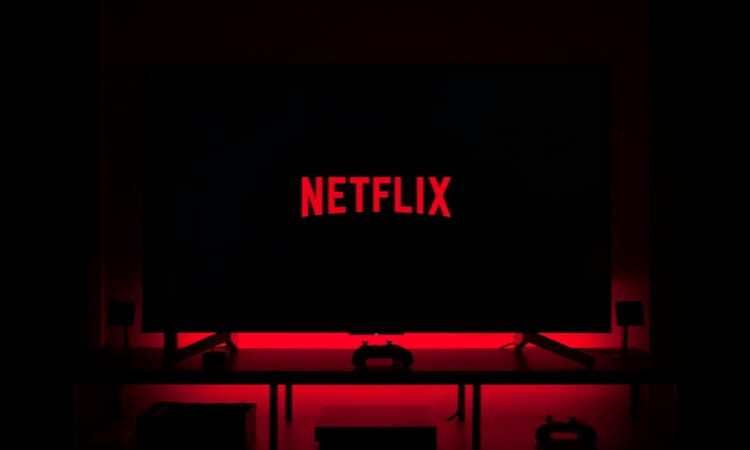In Son of a Donkey, the Saidden brothers Theodore and Nathan reunite viewers with the characters from Superwog, their shorts on YouTube since 2008, and later adapted into an ABC series, from 2018–20.
Superwog was a series of largely unrelated episodes. Now, the six episodes of Son of A Donkey tell the epic tale of Theo, his best friend Johnny, and Theo’s unnamed parents as Theo attempts to buy back his impounded car and to resolve his daddy issues once and for all.
A road rage incident sees Theo’s licence (hard won in season two) revoked, his beloved 1988 Twin Cam Corolla (definitely not a Daihatsu Charade) impounded, sold to a used car dealer (played by Mark Mitchell, aka Con the Fruiterer), and a round of court-ordered psychiatric treatment.
Theo’s father’s habit of eating food from the dump has resulted in fused kidneys. His mother finally decides to leave her husband when he tries to force Theo into a kidney donation. Thrown into the world of dating (via her parents’ matchmaking), Theo’s mother undergoes enough cosmetic survey to make her resemble Mob Wives’ Big Ang.
Meanwhile, Theo and Johnny’s schemes to scrape together enough money to buy back the Corolla lead them to first accept a stultifying corporate job and then an invitation to an Epstein-esque sex island before falling under the influence of the manosphere while taking Theo’s antipsychotics recreationally.
The evolving shape of wog humour
Son of A Donkey and its predecessor Superwog are part of the third wave of wog humour.
Wog humour is a particularly Australian brand of ethnic humour centred on the experiences and identities of predominantly southern European and Middle Eastern migrants and their children.
While ethnic humour is a feature of all multicultural societies – and often has transnational or diasporic appeal – wog humour’s appeal is somewhat limited because of its use of the word “wog”.
For many Australians, wog comedy has played an important role in reclaiming this ethnic slur. But still many others still find it problematic. It also limits its capacity to be exported as “wog” remains an unquestioned slur in places like the United Kingdom, where the word originated.
Wog humour first emerged in the 1980s with Nick Giannopoulos, Simon Palomares and Mary Portesi’s 1987 stage show, Wogs Out of Work. This first wave gained mainstream success via Acropolis Now (1989–92) and continues to this day in Giannopolous’ Wog Boy film series, the most recent instalment released in 2022.
The second wave of wog humour occurred with the TV series Pizza (2000–07), and its spin off film Fat Pizza (2003).
While Acropolis Now aimed for cosmopolitan comedy set in Melbourne’s cool inner north, Pizza provided carnivalesque chaos in Sydney’s western suburbs.
At their core both told stories of class, work and ethnicity in multicultural Australia.
The third wave
Third wave wog humour continues the exploration of cultural difference and class but centres much of its humour on the differences between migrant parents and their kids.
The third wave is best represented by Superwog and the skit comedy of Sooshi Mango (on YouTube since 2007), albeit at different ends of the comedic spectrum.
Sooshi Mango are perhaps best known for their skits portraying their ethnic mothers and fathers. (As the daughter of an ethnic concreter, this one hits home.)
One member of the trio, Andrew Manfre, has described this as a way of remembering their parents who worked hard for their children, and their adopted country.
Superwog emerged from the Saidden brothers’ re-enactments of their parents fighting. Unlike the gentle respect that motivates Sooshi Mango, the Saiddens sought to capture their parents’ over the top arguments.
In 2014, Theo spoke of his memories of:
Shoes flying. Getting offended. All wogs get offended … it’s a very big thing. They are very emotional and loud and make big deals out of little things.
Superwog comes to Netflix
In Son of a Donkey, the Saidden brothers humorously seek to resolve the dysfunctional relationship between Theo and his father that was a core part of the humour in Superwog.
The Saidden brothers’ skewering of the vagaries of modern life leans more to the carnival of Pizza than the cosmopolitan ethos of Acropolis Now. But the juxtaposition of classical music against some of the show’s more ridiculous scenes acts as a sly wink to its audience.
Meanwhile, its satire of Epstein, conspiracy theorists, Jordan Peterson and the manosphere is at once ludicrous and needle-sharp. Even as they sink into a misogynist rabbit-hole, Johnny’s grandma is there to remind them who really is the boss in the ethnic family.
The main challenge for the Saidden brothers is to move from the disconnected episodic approach of Superwog to a cohesive narrative arc for Son of A Donkey. In this, they largely succeed, progressing the overarching story incrementally across the six episodes even as each has their own micro-misadventure.
Ultimately – despite flying shoes and rancid food – wog blood is thicker than water.
And despite being the foil for their sons’ comedy, the Saidden brothers’ parents are happy with their success.
Son of a Donkey is now streaming on Netflix.
The article has been republished from The Conversation under the Creative Commons license. Read the original article.


.ashx?rev=5f87a4a3717d44b5855e93160a682a2a)

